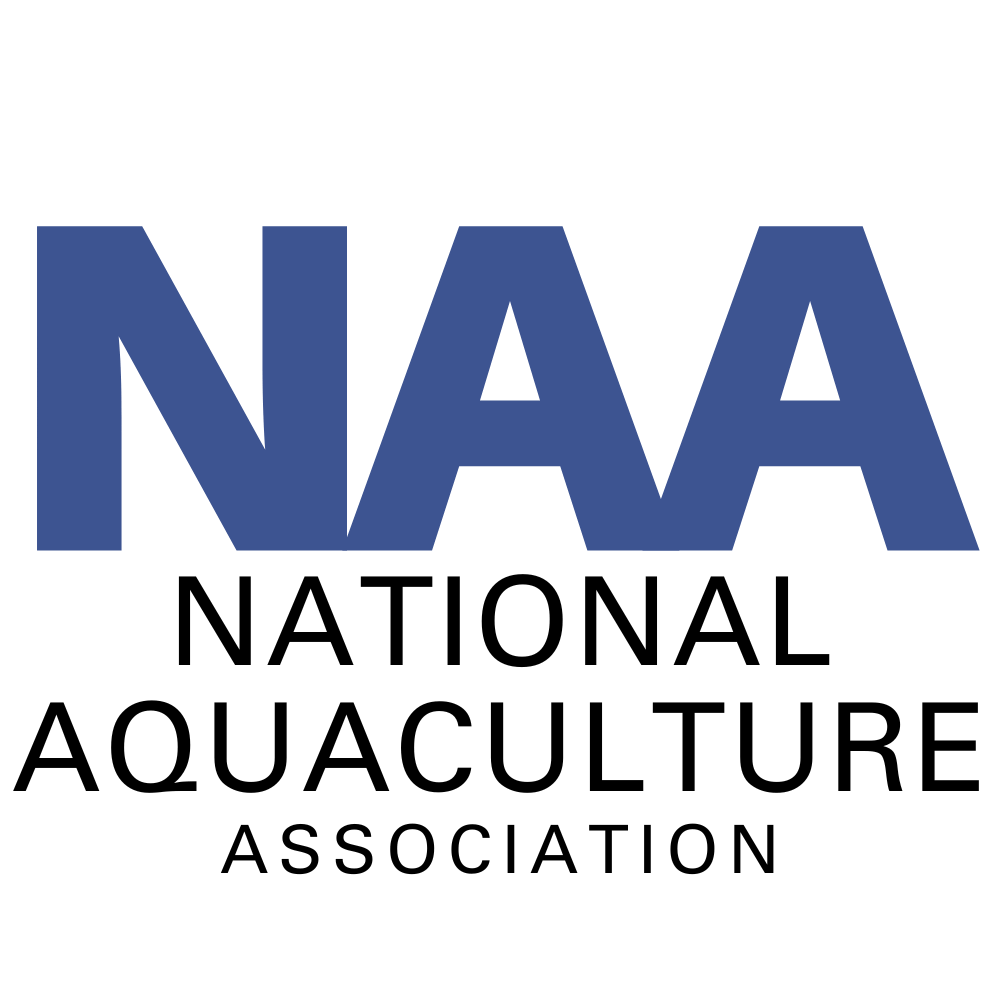
Supreme Court Overturns Long-Standing “Chevron” Doctrine
NAA Editor’s Note: We have copied and pasted the introduction and conclusion of a detailed article with the same title written by the National Agricultural Law Center (NALC). To read the full article, click here.
On June 28, 2024, the United States Supreme Court issued its highly anticipated decision in Loper Bright Enters. v. Raimondo, No. 22-451 (2024). The case focused on the question of federal agency authority, and specifically asked the Court to revisit its decision in the 40-year-old Chevron U.S.A., Inc. v. Natural Resources Defense Council, Inc., 467 U.S. 837 (1984) which famously outlined a legal test for judges to use when deciding whether a federal agency had acted outside its statutory authority. In a 6-3 decision, the Supreme Court officially overturned Chevron U.S.A., Inc. v. Natural Resources Defense Council, Inc., ruling that “courts may not defer to an agency interpretation of the law simply because a statute is ambiguous[.]”
NAA Editor’s Note: Read the complete NALC article for their description of the ruling, majority opinion, concurrences, and dissent.
Going Forward
It is currently too early to tell exactly what effect the majority’s opinion in Loper Bright Enters. v. Raimondo will have on the legal system. While the Court did overturn Chevron deference, it left in place cases like Skidmore v. Swift which say that agency statutory interpretations, particularly those based on expertise, are due some amount of respect. However, it is not clear how much respect. Going forward, the majority states that, when it comes to statutory ambiguities “Congress expects courts to do their ordinary job of interpreting statutes, with due respect for the views of the Executive Branch” but that ultimately “courts need not and under the APA may not defer to an agency interpretation[.]” While many questions remain, it appears that after Loper Bright Enters. v. Raimondo, courts may take agency statutory interpretations into consideration but may not defer to those interpretations. Instead, courts will need to reach their own conclusions about what the law says.
It is very likely that the Court’s decision in Loper Bright Enters. v. Raimondo will lead to numerous challenges of agency regulations, both new and old. Additionally, the Supreme Court’s ruling in Corner Post, Inc. v. Bd. of Governors of the Fed. Reserve System, No. 22-1008 (2024) issued on July 1 is likely to make it easier for prospective plaintiffs to challenge agency regulations. In that ruling, the Court determined that the six-year statute of limitations the APA grants for challenging agency regulations will start when the plaintiff is injured by final agency action instead of when the regulation goes into effect. That ruling, together with the decision in Loper Bright Enters. v. Raimondo, is likely to result in many future challenges to long-standing agency rules, including rules implementing various environmental and other laws that impact the agricultural industry. How those cases will be decided is unknown.
To read the Supreme Court’s opinion in Loper Bright Enters. v. Raimondo, click here.

